Letter of Completion Construction Template Guide
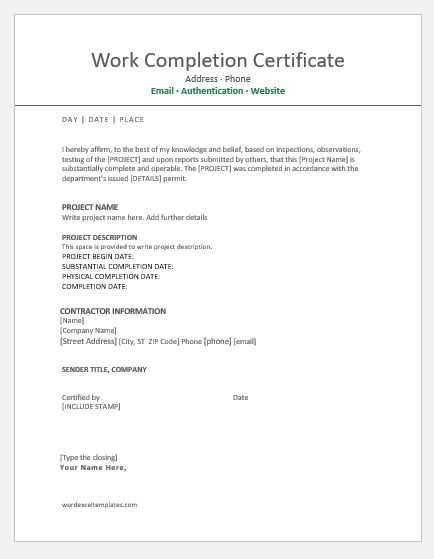
When a construction project reaches its final stages, proper documentation is crucial to mark its official end. This formal paperwork serves as confirmation that all work has been completed according to the agreement and is ready for review or handover. Without this document, both parties may face uncertainty about the project’s status.
Creating an effective closure statement ensures clarity and accountability. It helps prevent misunderstandings and provides a reference point for any future discussions or disputes. This documentation can be used by contractors, clients, and regulatory bodies to verify that all obligations have been met.
In this guide, we’ll explore how to draft a detailed statement, including essential components, the benefits of using predefined formats, and tips for customizing the content to meet specific project requirements. Understanding these aspects can save time and ensure a smooth transition from project completion to final payment or approval.
Understanding the Closure Document Format
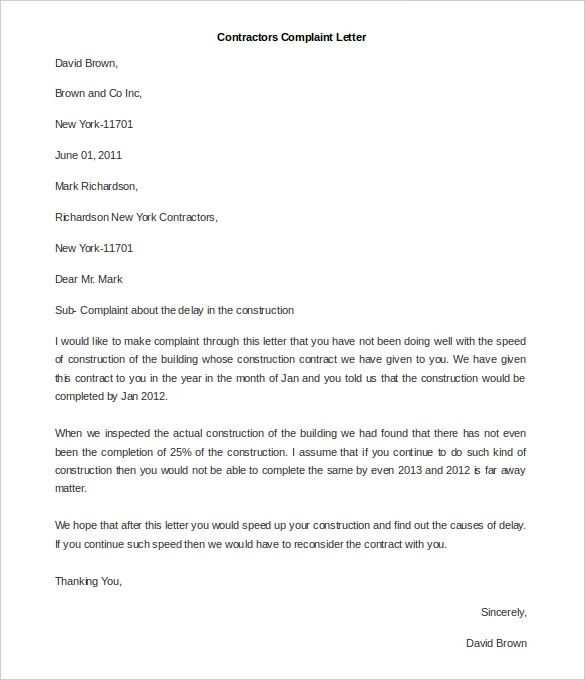
A formal document marking the conclusion of a project is an essential part of any business transaction. It acts as a confirmation that all terms of the agreement have been fulfilled and that no further work is required. This written acknowledgment helps ensure both parties are aligned on the completion status and can serve as a record for future reference.
The format of such a document should include key details such as the date of finalization, a description of the work completed, and any necessary sign-offs. It is important to follow a clear and professional structure to convey the necessary information effectively. By adhering to a standardized format, the document not only facilitates smooth communication but also reduces the potential for legal or contractual issues down the line.
Essential Details to Include in a Document
To ensure that the formal paperwork is clear, comprehensive, and legally sound, certain elements must always be included. These key components provide the necessary context and verification for both parties involved, ensuring that all work is adequately documented and agreed upon.
Key Information to Include
The document should cover essential points that confirm the work has been completed according to the agreed specifications. It should clearly state the scope of work, dates of commencement and completion, as well as any remaining obligations or warranties.
| Detail | Description |
|---|---|
| Project Name | The name or identification number of the project |
| Completion Date | The exact date when the project was finalized |
| Scope of Work | A brief description of tasks or services completed |
| Signatories | Names and positions of parties involved in the agreement |
| Additional Notes | Any remarks or exceptions that should be addressed |
Importance of Accuracy
All details should be precise and accurate to avoid any future misunderstandings. The more specific the information provided, the less likely any issues will arise regarding the project’s final status. Proper documentation ensures smooth transactions and helps establish trust between all parties involved.
Advantages of Using a Predefined Format
Utilizing a predefined structure for project finalization paperwork offers numerous benefits. By following an established outline, you can save time, avoid errors, and ensure that all necessary details are included. This approach promotes consistency and reduces the chances of missing important information, providing a smooth process for both parties.
- Time Efficiency: Ready-made formats eliminate the need to start from scratch, speeding up the drafting process.
- Consistency: A standardized format ensures that all documents follow the same structure, making them easier to read and understand.
- Accuracy: Using a reliable format helps minimize the risk of omitting important elements, ensuring completeness and clarity.
- Professional Appearance: A well-structured document conveys professionalism, reflecting positively on your business.
By using an established format, you not only streamline the preparation of important paperwork but also ensure that it meets industry standards. This consistency provides confidence to both parties, making it easier to finalize agreements and move forward with future projects.
Step-by-Step Guide for Customization
Customizing a standard project finalization document allows you to tailor it to the specific needs of your agreement. This process ensures that the finalized paperwork accurately reflects the work completed and addresses any particular requirements or conditions. Following a clear approach helps ensure all necessary information is included, while also maintaining a professional standard.
Step 1: Choose the Correct Format
Start by selecting a document structure that is most appropriate for the type of work and the parties involved. This ensures that the key sections are included, such as dates, scope, and signatures.
Step 2: Modify Essential Information
Adjust the placeholders or generic text to reflect the specific project details. This includes adding project names, client information, and task descriptions that match the actual work completed.
Step 3: Adjust Language to Match the Tone
Personalize the document’s tone to suit the relationship with the client. Depending on the formality of the project, the language can be more casual or formal. Be sure to keep it professional, clear, and concise.
Step 4: Review Legal Clauses
Ensure any necessary legal terms or clauses are added to protect both parties. This may include warranty details, terms of payment, or final inspections.
Step 5: Final Review and Signatures
Once all information has been customized, review the document for accuracy and completeness. Ensure both parties sign the document, confirming agreement and acceptance.
By following these steps, you can quickly customize a standard format to fit your specific project, saving time while maintaining accuracy and professionalism throughout the process.
How to Ensure Legal Compliance
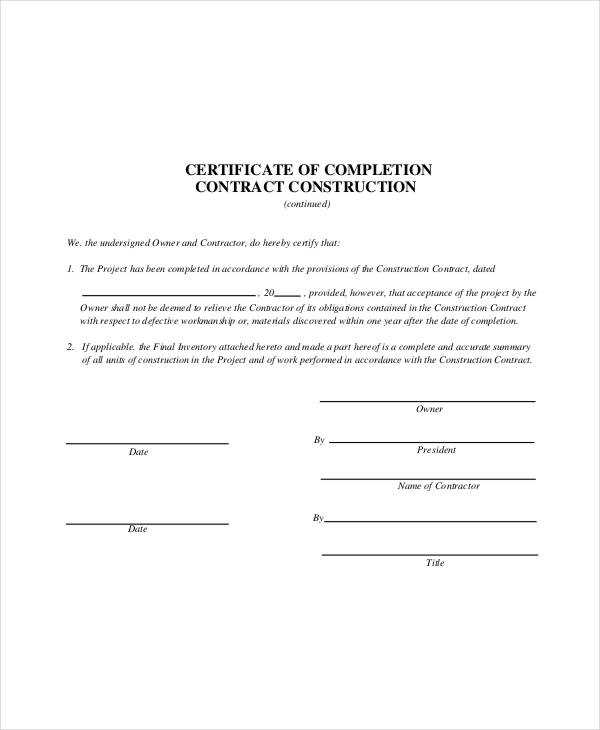
Ensuring that your final documentation adheres to legal requirements is crucial for preventing disputes and safeguarding all parties involved. By carefully reviewing the document’s content, you can avoid legal complications and ensure that all necessary regulations are met. This process helps establish a clear, enforceable agreement that can be relied upon in case of any future concerns.
Review Applicable Laws and Regulations
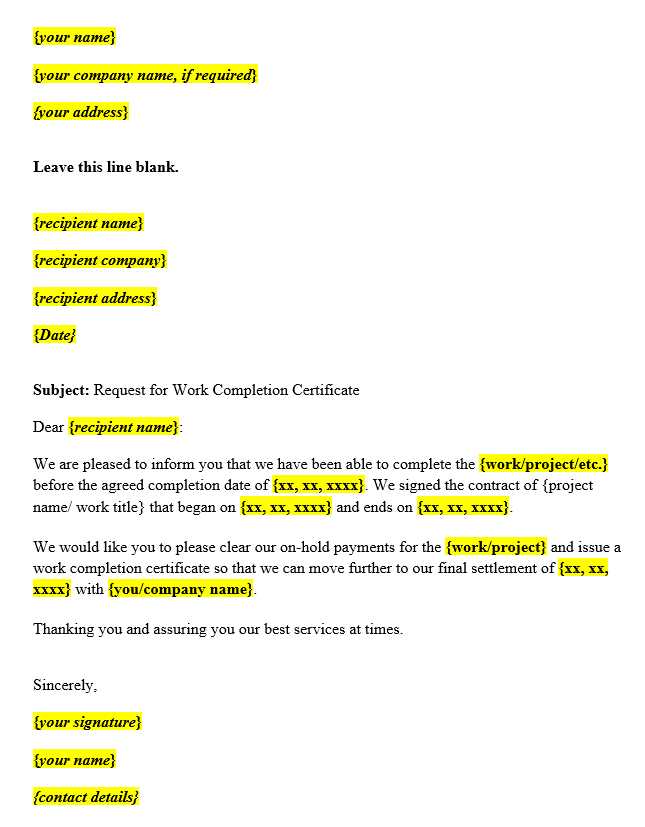
Before finalizing any paperwork, it’s essential to understand the local laws and regulations that apply to your project. This includes checking for any specific terms or conditions that must be included for the document to be legally binding. Consulting with a legal expert can help ensure that all necessary clauses are present and compliant with regional laws.
Include Key Legal Provisions
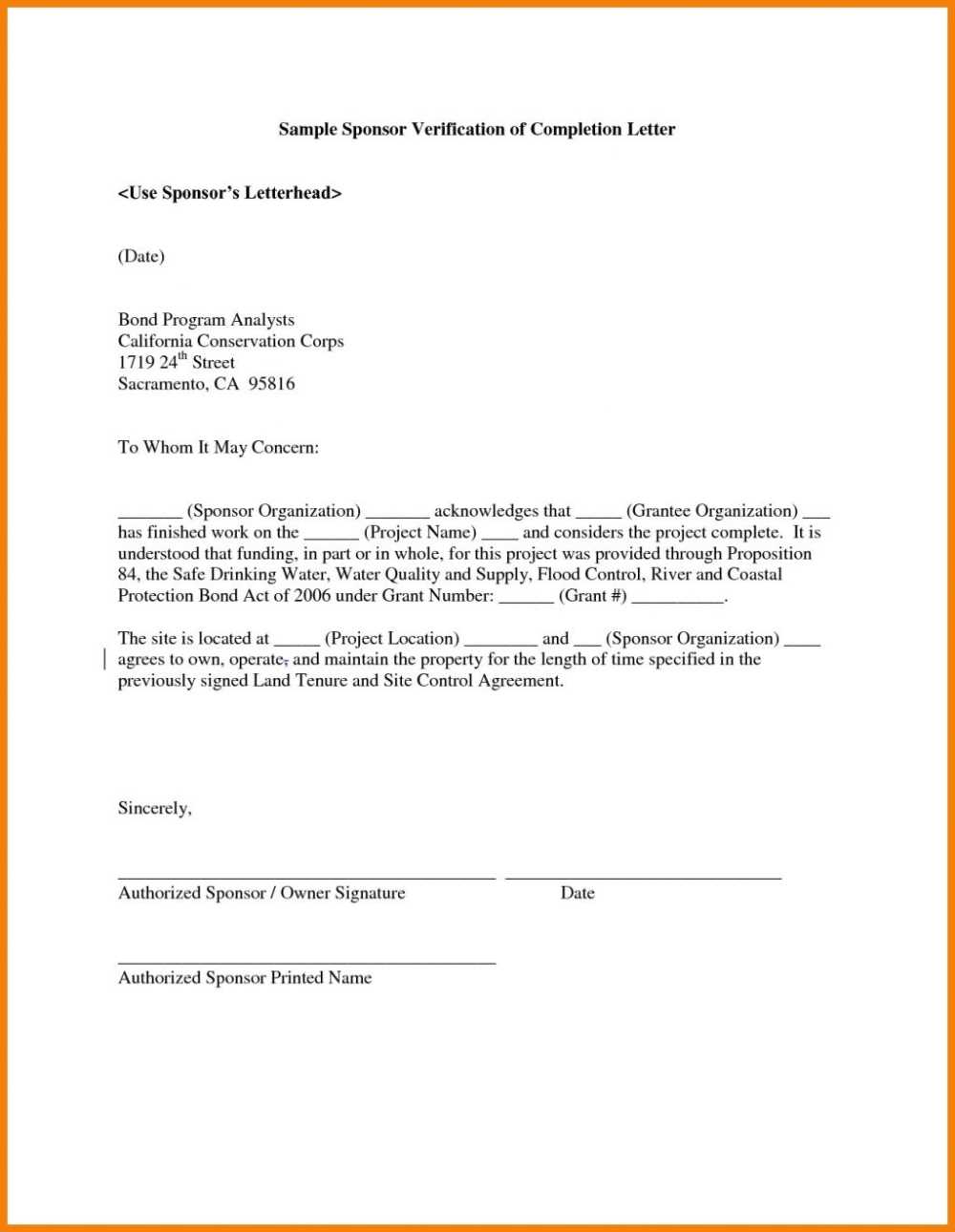
Certain clauses are essential for protecting both parties. These provisions often include warranty information, dispute resolution procedures, payment terms, and conditions regarding modifications or delays. Ensuring these elements are clearly stated reduces ambiguity and sets expectations for all involved.
By staying informed about legal obligations and incorporating the required clauses, you can ensure that your final agreement is legally compliant, thus protecting your business and fostering a smooth conclusion to your project.
Common Pitfalls to Avoid in Documents
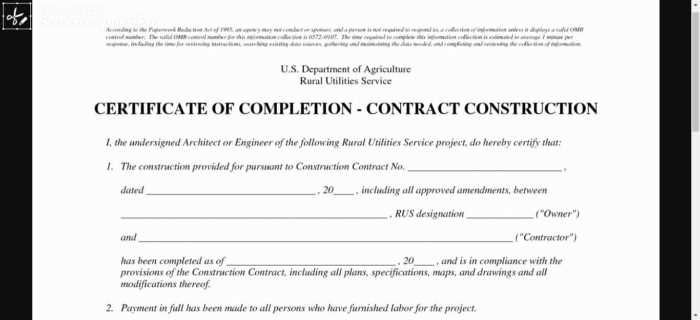
When drafting finalization documents, it’s easy to overlook small but significant details that can lead to misunderstandings or disputes. Being aware of common mistakes ensures that your paperwork is clear, complete, and legally sound. Avoiding these pitfalls helps streamline the process and ensures both parties are satisfied with the agreement.
1. Incomplete or Vague Information
- Missing Details: Ensure all key project information is included, such as scope, timelines, and responsibilities.
- Unclear Terms: Use clear and precise language to avoid ambiguity, particularly when defining expectations and deliverables.
2. Not Addressing Dispute Resolution
- Skipping Legal Clauses: Always include clauses that cover dispute resolution procedures, including arbitration or mediation, to prevent future conflicts.
- Ignoring Termination Terms: Clearly outline conditions under which the agreement can be terminated, along with the consequences for both parties.
By avoiding these common pitfalls, you can ensure that your project documentation is thorough, clear, and legally binding, reducing the likelihood of complications down the road.